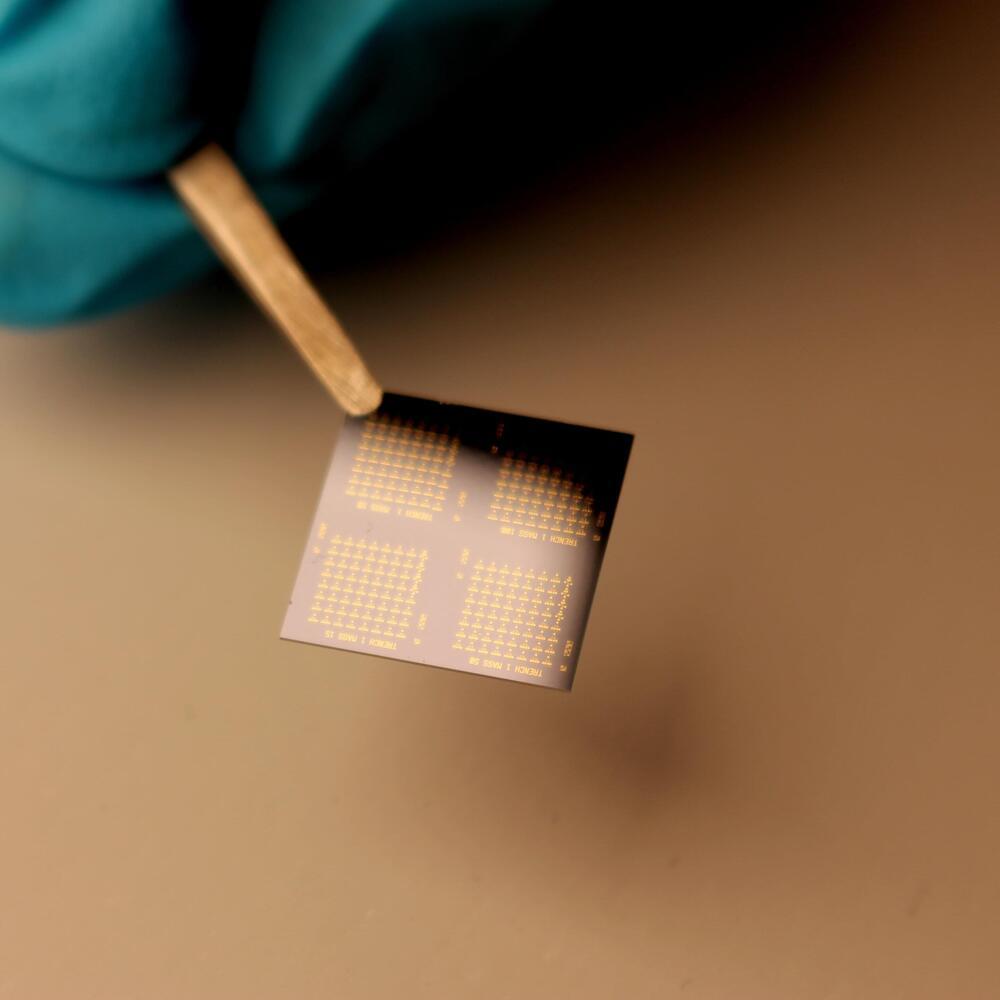Researchers from KTH Royal Institute of Technology and Stanford University have fabricated a material for computer components that enables the commercial viability of computers that mimic the human brain.
Electrochemical random access (ECRAM) memory components made with 2D titanium carbide showed outstanding potential for complementing classical transistor technology, and contributing toward commercialization of powerful computers that are modeled after the brain’s neural network. Such neuromorphic computers can be thousands times more energy efficient than today’s computers.
These advances in computing are possible because of some fundamental differences from the classic computing architecture in use today, and the ECRAM, a component that acts as a sort of synaptic cell in an artificial neural network, says KTH Associate Professor Max Hamedi.










Comments are closed.